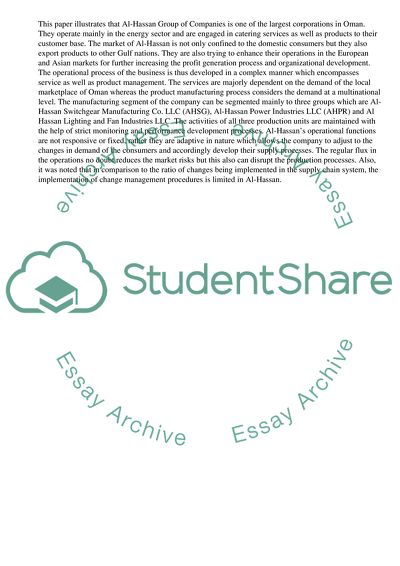Cite this document
(“The Operational Process of Al-Hassan Group of Companies of Oman Essay - 3”, n.d.)
The Operational Process of Al-Hassan Group of Companies of Oman Essay - 3. Retrieved from https://studentshare.org/business/1677949-operation-management
The Operational Process of Al-Hassan Group of Companies of Oman Essay - 3. Retrieved from https://studentshare.org/business/1677949-operation-management
(The Operational Process of Al-Hassan Group of Companies of Oman Essay - 3)
The Operational Process of Al-Hassan Group of Companies of Oman Essay - 3. https://studentshare.org/business/1677949-operation-management.
The Operational Process of Al-Hassan Group of Companies of Oman Essay - 3. https://studentshare.org/business/1677949-operation-management.
“The Operational Process of Al-Hassan Group of Companies of Oman Essay - 3”, n.d. https://studentshare.org/business/1677949-operation-management.


